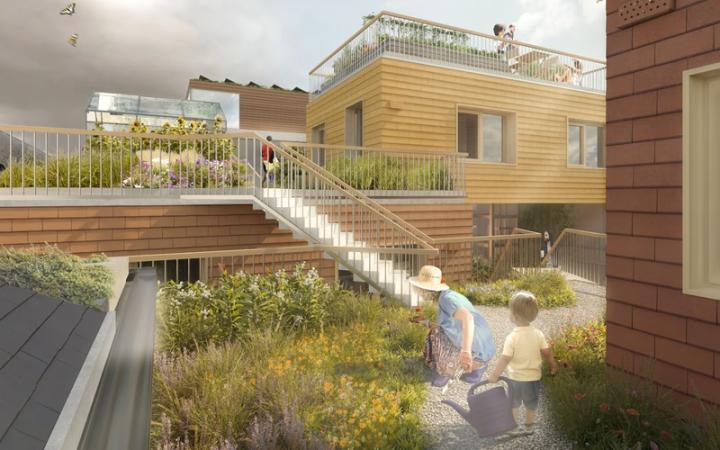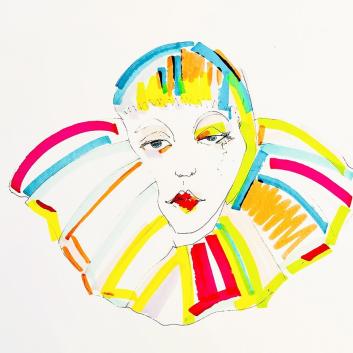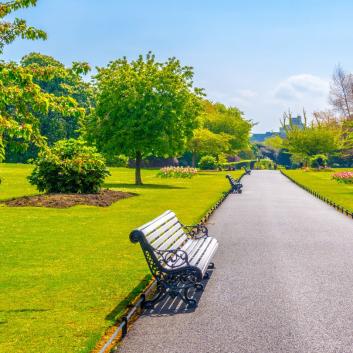Making cities human and kind
Expert opinion by Lior Steinberg,
co-founder of Humankind, an agency for urban change based in Rotterdam, The Netherlands.
I believe that places that encourage positive connections between people and the environment are humane and kind.
For example, streets prioritising car movement are not human and kind since they do not allow residents and visitors to interact, relax, and socialise.
Additionally, it excludes many groups who cannot or will not own a car. On the other hand, a street designed with space for pedestrians, cyclists, transit, benches, trees, interesting shops, and meeting places is human and kind.

I co-founded Humankind, an agency for urban change based in Rotterdam, The Netherlands, to make cities more human and kind to ourselves, others and our planet. If we create human and kind cities, we create sustainable presents and better futures where we can live a good life together.
We provide cities, organisations and changemakers with human-powered data and insights to make sense of the present, creative tools to start shaping the future today and share our knowledge so anyone can be a city maker.
Cities are complex systems created and experienced by equally complex beings.
To make them better, we need better insights. Although we have the data, the real challenge is the lack of connections and interpretation. Local governments and municipalities collect and store a lot of data about their cities. In practice, they often struggle to translate this data into meaningful, actionable insights for improving quality of life.
The idea behind our human-powered data approach is to rethink how we collect and analyse data about our cities. The most important thing is to make sure that we are asking the right questions.
For instance, instead of measuring the number of cars passing in a street, maybe we can measure the comfort of street users?
Instead of mapping all playgrounds in the city, could we measure the playfulness of streets and public spaces, regardless of whether they are defined as an official playgrounds?
We strive to create better public spaces by combining spatial analysis with system and trend research. Our Good Public Space concept is a humble attempt to capture all the great qualities of public spaces in a simple, affordable, and scalable way.
We acknowledge that "Good" can mean different things to different people, but research shows that most people view pleasant interactions with other humans and nature as positive. Therefore, there is a need to analyse whether places are designed to encourage such interactions. Additionally, we observe how people behave in the space.
Many companies are often too focused on one discipline, whether they are architects, urban planners, or engineers. In order to create great cities for people, you must approach the city from a multidisciplinary perspective.
Cities can spend years discussing possible changes with residents, or they can try it and see if it works.
One of our unique projects is offering a ‘Daytrip to the Future’, allowing participants to imagine a better future. Instead of forecasting or trying to predict the future, we translate future possibilities into present-day choices.
Using tactical urbanism - low-cost, temporary changes to the built environment - we help cities try different designs and schemes. For instance, making a street pedestrian-only for the summer or installing a pop-up bike lane instead of a parking lane.
Having an authentic experience and not just theoretical ideas can be more powerful, leading to better decisions. You can do something as simple as finding the perfect place to set up a bench or as complex as rethinking an entire traffic circulation plan.
To me, it is all about improving our public spaces and streets and creating places that make people smile.
Headline image: Ronald Cuyan, Unsplash
This content was originally published in the Profit with Purpose Magazine.
Read more insights on making cities sustainable and inclusive in the Summer 2022 edition of the magazine >>>















